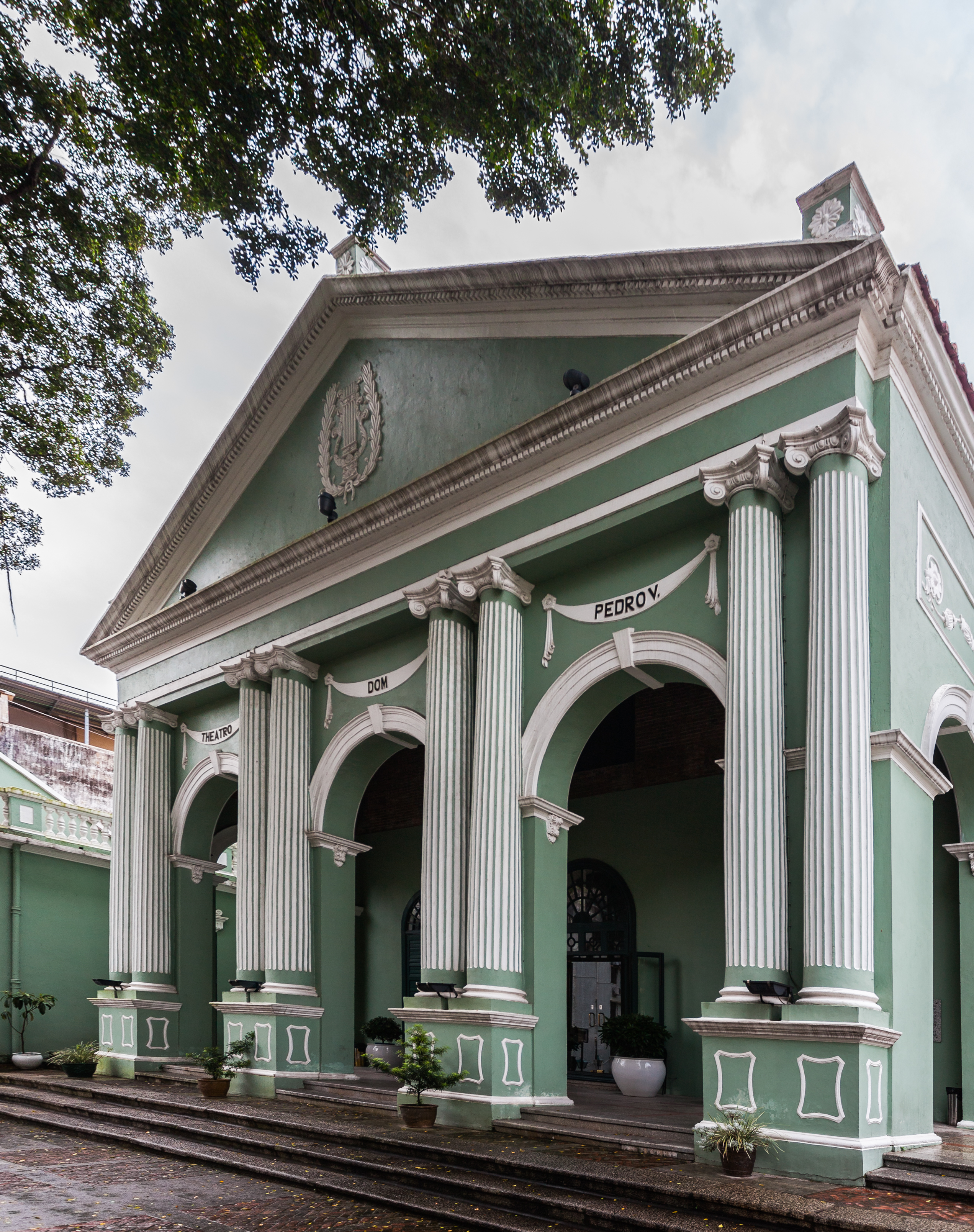|
Language Atlas Of China
The ''Language Atlas of China'' (), published in two parts in 1987 and 1989, maps the distribution of both the varieties of Chinese and minority languages of China. It was a collaborative effort by the Australian Academy of the Humanities and the Chinese Academy of Social Sciences, published simultaneously in the original Chinese and in English translation. Endymion Wilkinson rated this joint venture "outstanding". A second edition was published in 2012. Classification of Chinese varieties The atlas organizes the varieties of Chinese in a hierarchy of groupings, following the work of Li Rong: * supergroups (大区 ''dàqū''): Mandarin and Min * groups (区 ''qū''): Jin, Wu, Hui, Xiang, Gan, Hakka, Yue, Pinghua and groups within Mandarin and Min * subgroups (片 ''piàn'') * clusters (小片 ''xiǎopiàn'') are only identified for some subgroups * local dialects (点 ''diǎn''): localities that were surveyed Contents The atlas contains 36 colour maps, divided into ... [...More Info...] [...Related Items...] OR: [Wikipedia] [Google] [Baidu] |
Stephen Adolphe Wurm
Stephen Adolphe Wurm ( hu, Wurm István Adolf, ; 19 August 1922 – 24 October 2001) was a Hungarian-born Australian linguist. Early life Wurm was born in Budapest, the second child to the German-speaking Adolphe Wurm and the Hungarian-speaking Anna Novroczky. He was christened Istvan Adolphe Wurm. His father died before Stephen was born. Both of his parents were multilingual, and Wurm showed an interest in languages from an early age. Attending school in Vienna and travelling to all parts of Europe during his childhood, Wurm spoke roughly nine languages by the time he reached adulthood, a gift he inherited from his father, who spoke 17. Wurm went on to master at least 50 languages. Career Wurm grew up stateless, unable to take the nationality of either of his parent or of his country of residence, Austria. That enabled him to avoid military service and attend university. He studied Turkic languages at the Oriental Institute in Vienna, receiving his doctorate in linguis ... [...More Info...] [...Related Items...] OR: [Wikipedia] [Google] [Baidu] |
Hakka Dialects
Hakka (, , ) forms a language group of varieties of Chinese, spoken natively by the Hakka people throughout Southern China and Taiwan and throughout the diaspora areas of East Asia, Southeast Asia and in overseas Chinese communities around the world. Due to its primary usage in scattered isolated regions where communication is limited to the local area, Hakka has developed numerous varieties or dialects, spoken in different provinces, such as Guangdong, Guangxi, Hainan, Fujian, Sichuan, Hunan, Jiangxi and Guizhou, as well as in Taiwan, Singapore, Malaysia, Thailand and Indonesia. Hakka is not mutually intelligible with Yue, Wu, Southern Min, Mandarin or other branches of Chinese, and itself contains a few mutually unintelligible varieties. It is most closely related to Gan and is sometimes classified as a variety of Gan, with a few northern Hakka varieties even being partially mutually intelligible with southern Gan. There is also a possibility that the similarities ... [...More Info...] [...Related Items...] OR: [Wikipedia] [Google] [Baidu] |
Varieties Of Chinese
Chinese, also known as Sinitic, is a branch of the Sino-Tibetan language family consisting of hundreds of local varieties, many of which are not mutually intelligible. Variation is particularly strong in the more mountainous southeast of mainland China. The varieties are typically classified into several groups: Mandarin, Wu, Min, Xiang, Gan, Hakka and Yue, though some varieties remain unclassified. These groups are neither clades nor individual languages defined by mutual intelligibility, but reflect common phonological developments from Middle Chinese. Chinese varieties differ most in their phonology, and to a lesser extent in vocabulary and syntax. Southern varieties tend to have fewer initial consonants than northern and central varieties, but more often preserve the Middle Chinese final consonants. All have phonemic tones, with northern varieties tending to have fewer distinctions than southern ones. Many have tone sandhi, with the most complex patterns i ... [...More Info...] [...Related Items...] OR: [Wikipedia] [Google] [Baidu] |
Creative Commons License
A Creative Commons (CC) license is one of several public copyright licenses that enable the free distribution of an otherwise copyrighted "work".A "work" is any creative material made by a person. A painting, a graphic, a book, a song/lyrics to a song, or a photograph of almost anything are all examples of "works". A CC license is used when an author wants to give other people the right to share, use, and build upon a work that the author has created. CC provides an author flexibility (for example, they might choose to allow only non-commercial uses of a given work) and protects the people who use or redistribute an author's work from concerns of copyright infringement as long as they abide by the conditions that are specified in the license by which the author distributes the work. There are several types of Creative Commons licenses. Each license differs by several combinations that condition the terms of distribution. They were initially released on December 16, 2002, by ... [...More Info...] [...Related Items...] OR: [Wikipedia] [Google] [Baidu] |
ESRI Shapefile
The shapefile format is a geospatial vector GIS file formats, data format for geographic information system (GIS) software. It is developed and regulated by Esri as a mostly open standard, open specification for data interoperability among Esri and other Geographic information system, GIS software products. The shapefile format can spatially describe Vector graphics, vector features: Point (geometry), points, polyline, lines, and polygons, representing, for example, water wells, rivers, and lakes. Each item usually has Attribute (computing), attributes that describe it, such as ''name'' or ''temperature''. Overview The shapefile format is a digital vector storage format for storing geographic location and associated attribute information. This format lacks the capacity to store Geospatial topology, topological information. The shapefile format was introduced with ArcView 3.x, ArcView GIS version 2 in the early 1990s. It is now possible to read and write geographical datasets u ... [...More Info...] [...Related Items...] OR: [Wikipedia] [Google] [Baidu] |
Languages Of Macau
Macau is an autonomous territory within China. A Portuguese colony until 1999, Macau has a diverse culture firmly rooted in Cantonese culture, with a mix of influences from East Asia and Western Europe. Macau is known for being the largest gambling center in the world. People and languages The two official languages of Macau are Chinese and Portuguese, although the latter is only spoken by a small minority. English is also widely spoken. In 2018 Reuters stated "there are signs that Chinese is being prioritized in government." The Macanese language, generally known as ''Patuá'', is a distinctive creole that is still spoken by several dozen members of the Macanese people, an ethnic group of mixed Asian and Portuguese ancestry that accounts for a small percentage of Macau's population. Signs in Macau are displayed in both Traditional Chinese and Portuguese. In contrast to mainland China, Macau—along with Hong Kong and Taiwan—generally does not use Simplified Chinese characte ... [...More Info...] [...Related Items...] OR: [Wikipedia] [Google] [Baidu] |
Languages Of Hong Kong
The Basic Law of Hong Kong states that English and Chinese are the two official languages of Hong Kong. During the British colonial era, English was the sole official language until 1978 but has remained a strong second language in Hong Kong. As the majority of the population in Hong Kong are descendants of migrants from China's Canton Province, the vast majority speak standard Cantonese or other Yue Chinese varieties as a first language, with smaller numbers of speakers of Hakka Language or the Teochew dialect of Southern Min. In addition, immigrants and expatriates from the West and other Asian countries have contributed much to Hong Kong's linguistic and demographic diversity. The geographical element of this diversity can be seen in the Hong Kong Language Maps, which shows oral languages from the 2011 Census, and oral and written languages from the 2016 Census. Statistics for the 27 self-reported spoken languages/dialects reported in the 2011 Census, can be found in the repo ... [...More Info...] [...Related Items...] OR: [Wikipedia] [Google] [Baidu] |
Languages Of China
There are several hundred languages in China. The predominant language is Standard Chinese, which is based on central Mandarin, but there are hundreds of related Chinese languages, collectively known as ''Hanyu'' (, 'Han language'), that are spoken by 92% of the population. The Chinese (or 'Sinitic') languages are typically divided into seven major language groups, and their study is a distinct academic discipline. They differ as much from each other morphologically and phonetically as do English, German and Danish, but meanwhile share the same writing system (Hanzi) and are mutually intelligible in written form. There are in addition approximately 300 minority languages spoken by the remaining 8% of the population of China. The ones with greatest state support are Mongolian, Tibetan, Uyghur and Zhuang. According to the 2010 edition of ''Nationalencyklopedin'', 955 million out of China's then-population of 1.34 billion spoke some variety of Mandarin Chinese as their first ... [...More Info...] [...Related Items...] OR: [Wikipedia] [Google] [Baidu] |
Demographics Of China
'' The demographics of China demonstrate a huge population with a relatively small youth component, partially a result of China's one-child policy. China's population reached 1 billion in late 1981. As of December 2021, China's population stood at 1.413 billion. According to the 2020 census, 91.11% of the population was Han Chinese, and 8.89% were minorities. China's population growth rate is only 0.03%, ranking 159th in the world. China conducted its sixth national population census in 2010, and its seventh census was completed in late 2020, with data released in May 2021. Unless otherwise indicated, the statistics on this page pertain to mainland China only; see also Demographics of Hong Kong and Demographics of Macau. History Population Historical population During 1960–2015, the population grew to nearly 1.4 billion. Under Mao Zedong, China nearly doubled in population from 540 million in 1949 to 969 million in 1979. This growth slowed because of the one-chil ... [...More Info...] [...Related Items...] OR: [Wikipedia] [Google] [Baidu] |
City University Of Hong Kong
City University of Hong Kong (CityU) is a world-class public research university located in Kowloon Tong, Hong Kong. It was founded in 1984 as City Polytechnic of Hong Kong and became a fully accredited university in 1994. Currently, CityU is one of the top 100 universities in the world. The university has nine main schools offering courses in business, science, engineering, liberal arts and social sciences, law, and veterinary medicine, along with Chow Yei Ching School of Graduate Studies, CityU Shenzhen Research Institute, and Hong Kong Institute for Advanced Study. History City University's origins lie in the calls for a "second polytechnic" in the years following the 1972 establishment of the Hong Kong Polytechnic. In 1982, Executive Council member Chung Sze-yuen spoke of a general consensus that "a second polytechnic of similar size to the first should be built as soon as possible." District administrators from Tuen Mun and Tsuen Wan lobbied the government to build ... [...More Info...] [...Related Items...] OR: [Wikipedia] [Google] [Baidu] |
Walter De Gruyter
Walter de Gruyter GmbH, known as De Gruyter (), is a German scholarly publishing house specializing in academic literature. History The roots of the company go back to 1749 when Frederick the Great granted the Königliche Realschule in Berlin the royal privilege to open a bookstore and "to publish good and useful books". In 1800, the store was taken over by Georg Reimer (1776–1842), operating as the ''Reimer'sche Buchhandlung'' from 1817, while the school’s press eventually became the ''Georg Reimer Verlag''. From 1816, Reimer used the representative Sacken'sche Palace on Berlin's Wilhelmstraße for his family and the publishing house, whereby the wings contained his print shop and press. The building became a meeting point for Berlin salon life and later served as the official residence of the president of Germany. Born in Ruhrort in 1862, Walter de Gruyter took a position with Reimer Verlag in 1894. By 1897, at the age of 35, he had become sole proprietor of the ... [...More Info...] [...Related Items...] OR: [Wikipedia] [Google] [Baidu] |
Pinghua
Pinghua (; Yale: ''Pìhng Wá''; sometimes disambiguated as /) is a pair of Sinitic languages spoken mainly in parts of the Guangxi Zhuang Autonomous Region, with some speakers in Hunan province. Pinghua is a trade language in some areas of Guangxi, where it is spoken as a second language by speakers of Zhuang languages. Some speakers of Pinghua are officially classified as Zhuang, and many are genetically distinct from most other Han Chinese. The northern subgroup of Pinghua is centered on Guilin and the southern subgroup around Nanning. Southern Pinghua has several notable features such as having four distinct checked tones, and using various loanwords from the Zhuang languages, such as the final particle ''wei'' for imperative sentences. History and classification Language surveys in Guangxi during the 1950s recorded varieties of Chinese that had been included in the Yue dialect group but were different from those in Guangdong. Pinghua was designated as a separate dialect ... [...More Info...] [...Related Items...] OR: [Wikipedia] [Google] [Baidu] |




